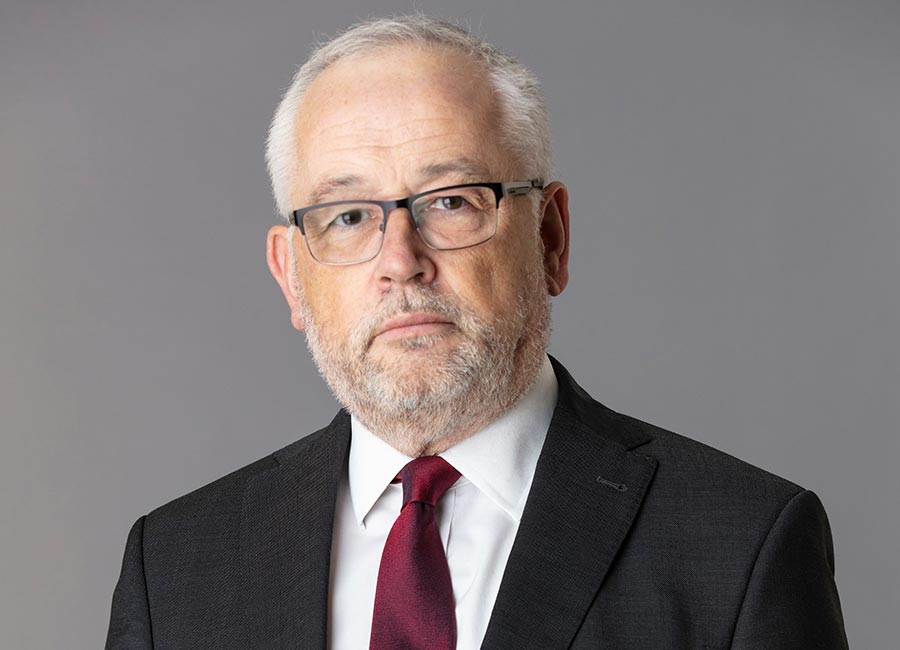Pensions Regulator Brendan Kennedy acknowledges that 2022 has heralded considerable change and challenge for pensions provision as a result of the ongoing implementation of the IORP II Directive. The directive has raised the compliance bar for pension funds and their trustees, especially one-member arrangements (OMAs) popular with business owners.
OMAs have not been outlawed, but the Pensions Authority preference is that they should transfer into Master Trusts or PRSAs. The effect of transposing IORP II into Irish pensions legislation is higher standards of management and governance expected of trustees.
As trusteeship becomes a more demanding responsibility, the cost has increased for this professional oversight and advice. Much stricter IORP II rules surrounding compliance means that the annual cost of meeting the higher reporting standard will nudge owners of small self-directed funds towards an alternative solution.
The transposition regulations allowed pre-existing one member arrangements until April 2026 to comply with most new IORP II obligations.
In his annual statement issued recently, Kennedy remarked: “It is important to make clear even that this is the date by which such schemes should be fully compliant, and therefore the work on achieving this should begin much sooner.”
Trustees of OMAs established after 22 April 2021 had a deadline of 1 July 2022 for IORP II compliance. In June 2022, the Authority voiced its concerns about the establishment of new OMAs since April 2021, and advised insurance companies that the use of standardised trustee services and policies, key function holder appointments and audited accounts replicated across a large portfolio of OMAs is unlikely to meet the compliance threshold.
The Pensions Authority also stressed that non-compliance of new OMAs would not be tolerated, and that enforcement action up to and including prosecution might be taken against the pension scheme trustees responsible for running non-compliant OMAs.
OMA clampdown
This had the effect of bringing OMA issuance to a screeching halt. The Authority’s rationale for the OMA clampdown is that significant consolidation of Irish pension schemes is the only practical means of achieving high standards of management, good value for money and effective supervision.
According to Kennedy: “Other than those schemes allowed until April 2026 to comply, the trustees of all pension schemes should by now have assessed whether it is practical and in their members’ interests to continue their current pensions arrangements. If not, they should be taking concrete steps to transfer their members’ savings to compliant pension arrangements. The Authority is in close contact with administrators and master trusts to monitor this process.”
The Pensions Authority expects all pension schemes (excluding pre-2021 OMAs) to be IORP II compliant by the beginning of 2023.
Kennedy advises: “Compliance is not just a matter of putting in place new processes and more formal governance practices. The objective of these actions is to make sure that the management of the scheme is informed, thoughtful and thorough. Trustees should at all times bear in mind their members’ interests and abide by the spirit as well as the letter of the new legislation."

As the Pension Authority’s remit has expanded due to IORP II, so has its overhead. The staff number increased from 71 to 83 people in 2021 and the organisation’s overhead rose by 10% to €9.9m.
This cost is funded from levies on occupational schemes (€4.1m) and PRSAs (€4.2m), and with the Authority booking a loss of €1.5m last year, chairman David Begg has warned that fees will have to rise.
Begg stated in the annual report that IORP II and other new obligations have increased the complexity of the Authority’s work. The pension schemes levy was increased last January and Begg added that further increases will be needed in the coming years.








